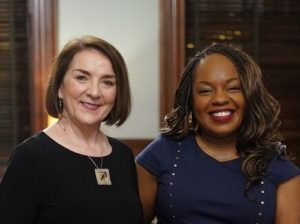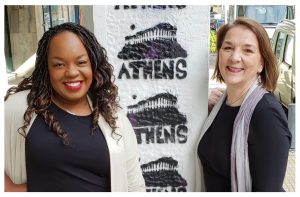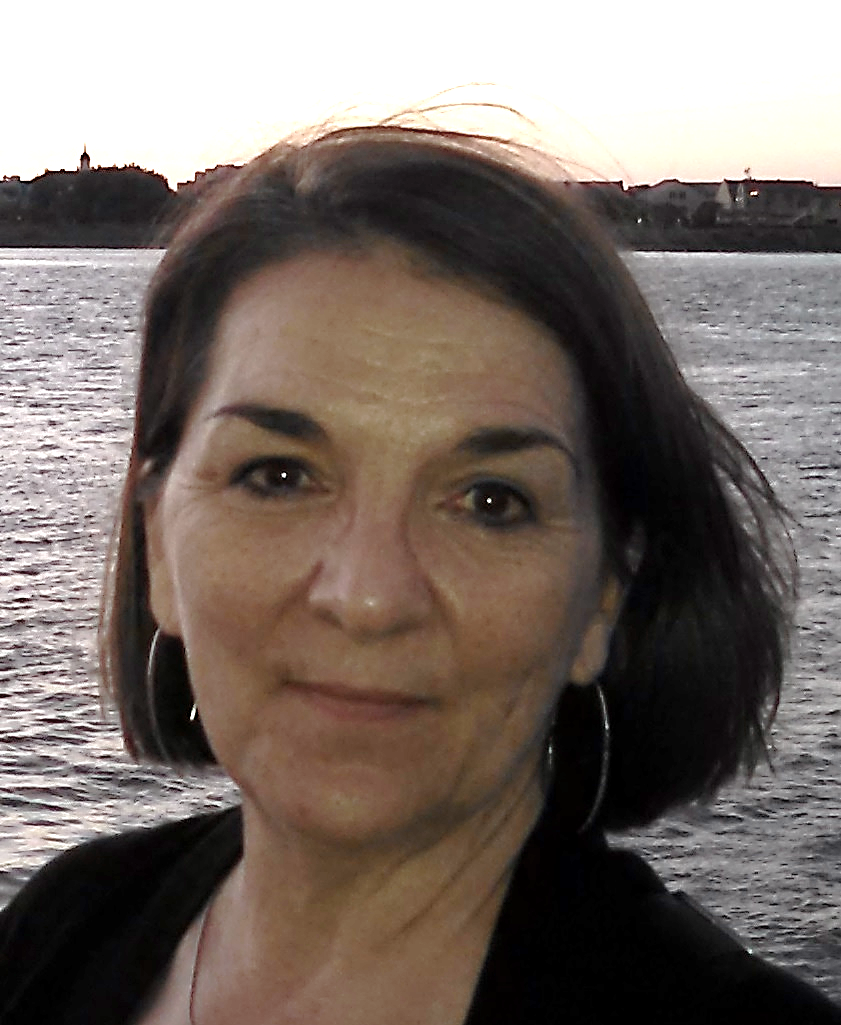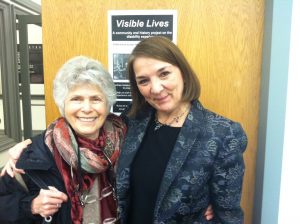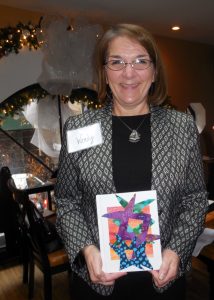Can We Talk?
Once upon a time people could guess fairly accurately what another person’s political position was by their appearance. During certain periods throughout history it was also possible to determine one’s tribe based on their attire, hairstyle, and mode of transport. This was valuable information as knowing what to expect regarding interaction with others could save one’s life. Recognition enabled human beings to know whether or not they could discuss certain things with one another.
For me, as a child of the 60s this information meant that I could discuss my position on the war in Vietnam, racism, sexism, poverty, and other subjects with those who I thought would agree with me based on how they looked. This technique helped me to avoid talking with people who I guessed would disagree with me on these and other issues.
What are the rules?
When I entered the workforce there was an unspoken rule: never discuss politics or religion with your co-workers. You also never asked a co-worker what their salary was (sometimes learning what others were being paid was a bit traumatic, especially those who were being paid more than me, even though I supervised them, because they were married men with ‘families to support’). Some of those rules were established to keep the peace. To minimize employee conflict and to create a neutral environment where employees left the issues of the world at the door when they clocked in.
Optics
I have spent thousands of hours during the past three decades working to help people to become aware of our biases and how frequently we are wrong when we decide ‘who’ someone is based on optics. I have developed exercises and ice breakers intended to point this out without making people feel judged or threatened. I have had participants in my workshops insist that I had children, that I said that I have children, which I do not and did not, based on their perception that I should—according to optics—be a parent. In my case, I think that this misperception is also a result of my role as a facilitator, one in charge of a group of people providing guidance and support, which are parental competencies.
Polarization
Polar opposites: pro-choice vs pro-life; pacifist vs hawk; Yankees vs Red Sox, etc. rarely believe that they have things that they can agree on. “They will never understand what we’ve been through!” “Why can’t they just get over it!” “Juneteenth isn’t a real holiday!” “All Americans should be educated about and celebrate Juneteenth National Independence Day.”
One exercise that I developed years ago is “Us versus Them.” I ask participants to share who they perceive as ‘us’ and who they perceive as ‘them.’ We go through a few rounds of this before we reach the conclusion that there is no ‘them’ only ‘us.’ Once we get there, we can begin to have a conversation about shared interests, conceptions, and beliefs. Getting to the point of acknowledging our shared common denominators enables us to embark on a path of reconciliation.
I consider this exercise to be the opposite of a “privilege walk[1]” exercise, as the focus is on our shared humanity not our differences. To be clear, I strongly value our diversity and also facilitate exercises where we examine the distances we each have traveled and how our affinities and identities have impacted our journeys. These exercises are designed to work in tandem with each other to build relationships based on both our shared experiences and identities and our individual differences.
Reconciliation
How can we reconcile our differences—of opinion, perspective, and experience—if we cannot talk with each other? When engaging in mediation my questions to the participants are:
- What do you want?
- What do you need?
- What do you expect?
- What does winning mean?
- What can you give the other person so that they can win?
Mediation cannot succeed until and unless both sides can imagine the other side ‘winning’ without feeling as though they are losing.
It was impossible to participate in managerial training in the 1990s without the expression ‘win-win’ being part of the conversation. This is because it is true. I cannot win unless you also win, unless I want you to win, until I want our success to be a shared experience—an inclusive experience.
Peace Talks
Several people have said to me that based on the work that I do in organizations, I should try my hand at facilitating peace talks. Well, isn’t mediation a peace talk? Isn’t reconciliation a peace talk? Shouldn’t we come in peace when we hope to resolve our differences? Mitigating workplace conflict, especially when it is based on race, gender identity, religion, LGBTQ+ status, and other affinities, does require talking peace. Easing people’s anxiety. Helping people to navigate relationships which defy optics. Many people have shared with me that they are experiencing intense anxiety regarding their co-workers, especially in the past several years, as they do not know what side they are on, politically, socially. I hear frequently about the inability to trust one’s co-workers. Because people can no longer tell by looking at each other if they can be trusted.
One Word at a Time
I visualize building a bridge of words to cross the chasm of polarization, one word at a time. What words would you use to try to persuade someone who you believe is vehemently opposed to your world view to change their position? What if they were the last person on earth? What if your life depending on it? What if getting through to them would save the life of the person who you love more than any other living being? What if?
When facilitating reconciling conversations, I ask participants to begin with one word. A word that means a great deal to them. That word might represent the barrier between them. That word might represent how important it is to get past the barrier that makes it impossible to collaborate fully, safely, inclusively. That word might be the hope for a new day, a new way of coming together and healing.
For me, that word is peace.
If the polarization of world events is seeping through the porous walls that enclose your organization and causing anxiety, let’s talk.
Onward!
Wendy Amengual Wark
June 19, 2024
Wendy@InclusionStrategy.com
InclusionStrategy Solutions LLC
[1] Erica Sherover-Marcuse and Hugh Vasquez invented the Power Shuffle/Privilege Walk in the summer of 1984 at New Bridges. https://nonsite.org/the-first-privilege-walk/

